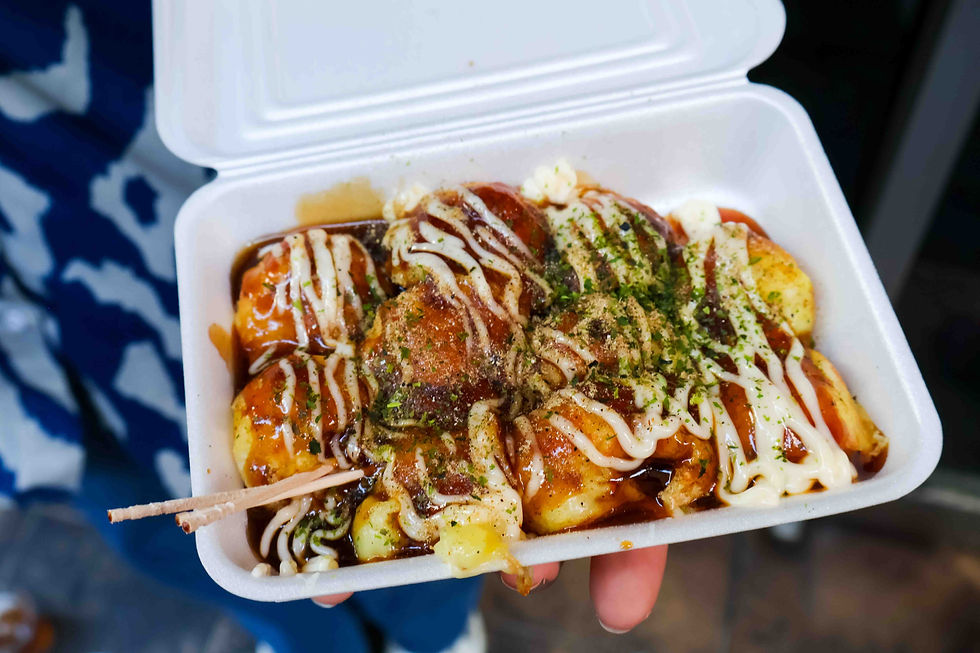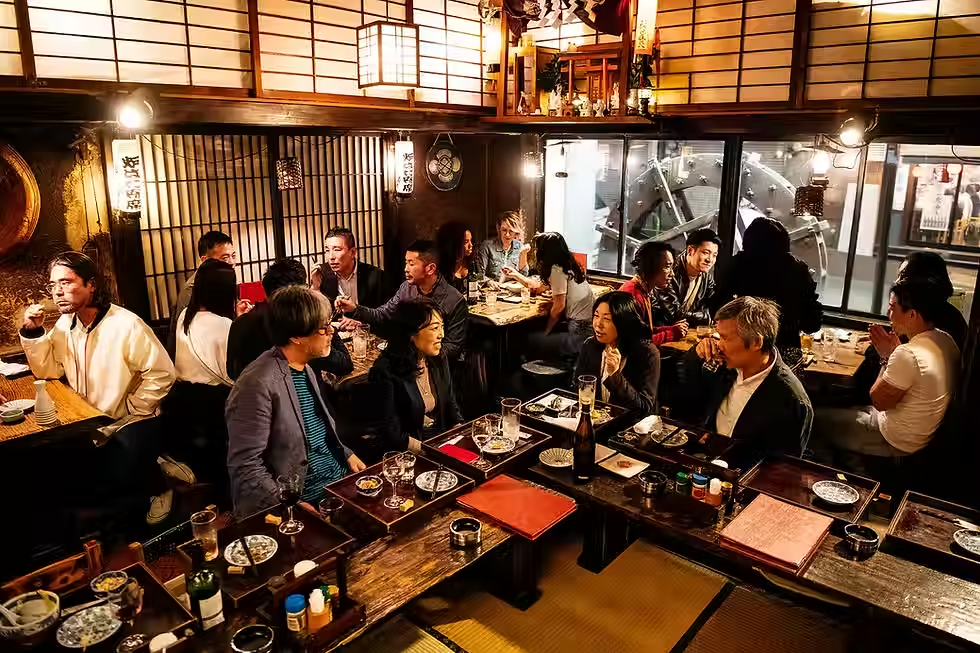Unpacking the Art of Japanese Bento Boxes
Sho Chirathivat
•
Aug 12, 2025
•
3
min read
Bento: Culinary Traditions in a Lunch Box
When it comes to Japanese culinary traditions, few things embody Japanese food culture quite like the bento box. Far more than just a packed lunch, bento lunch boxes are at the core of Japanese daily life, reflecting flavor, nutrition, creativity and tradition.

A bento is a single-serving take out or homemade meal that typically includes a variety of distinct Japanese dishes. As bento boxes are always kept at room temperature, they are usually filled with dishes that tend to keep well without refrigeration.
While some bento boxes may include foods like sashimi or sushi, you're more likely to find dishes that can be preserved better and retain their flavor despite it. It's common for the dishes to be well-seasoned to ensure that each bite still tastes delicious once it's already cooled down and it's time to unpack that lunch box.
How Japan's Packed Lunch Came to be
The origins of the bento box trace back hundreds of years in Japan, but the version we know today came around only in the 1980s. It was the rise of convenience stores, disposable containers and microwave ovens that made bento more accessible and convenient - as we now know it. The bento box became more than just a homemade meal - it mirrors Japan's efficiency.
The Art of Bento: What's Inside
So, how is a bento box built? There's no strict recipe (and that's the best part), but most bento start with a base of either rice or noodles. From there, you can the add the main dish, often a protein - think pieces of grilled fish, or deep fried pork and chicken cutlets.

The art of bento is all in the balance. The dishes are carefully selected and no bento is complete without side dishes. You'll typically come across some Japanese staples - mostly vegetable side dishes. Seasonal vegetables, potato salad, or Japanese pickles (tsukemono) are commonly used.
Bento culture is diverse - you'll find that they appear in many occasions. Let's break down the most popular ones.
Kyaraben
This is where creativity takes center stage, by arranging colorful vegetables into visually appealing shapes and characters inspired by anime. By creatively turning lunch into edible art, parents found a solution for dealing with picky eaters, encouraging children to eat their greens - an instant hit.
Ekiben
You'll probably come across these - lunch boxes sold at train stations, specially designed for travelers on the go, and the bigger the station, the more impressive the selection tends to be. At Shibuya or Shinjuku station for example, the range of different ekiben is huge - this only goes to show how serious the Japanese are about their bento culture. If you're traveling by bullet train, definitely make sure to get one for the ride.
Jubako
Unlike the every day convenience of the above two bentos, Jubako are reserved for special occasions and more formal meals. These multi-tiered boxes are often used during kaiseki (haute) dining settings, so you likely won't see this often unless there is something to celebrate. The presentation alone is a work of art - each layer carefully arranged to enhance the ingredients. Crafted with precision in mind, it's made using lacquerware techniques with artisanal craftsmanship with hundreds of years of experience.
You'll find more luxury dishes here too - think of grilled unagi (eel) for example.

Unpacking the Bento Culture
While the bento box is deeply rooted in Japanese culture, it has expanded far beyond Japan's borders. Its versatility, convenience and visual appeal being the main factors.
The bento concept has inspired many variations across Asia and the world.
If bento boxes were not part of your culture, you might wonder why it is so popular among the Japanese - most people might prefer a hot meal straight from the kitchen after all. But bento holds a deeper meaning. For generations, preparing bento has been an act of care within families; an expression of love. Each element thoughtfully selected with creativity, taste and nutrition in mind.
I recall the excitement of opening my mother's bento boxes while in school, finding the new selection she had put together each time. A reminder of her dedication and care. The answer is simple - nostalgia is what makes bento special, and such a cherished tradition.

Final Thoughts
Bento boxes continue to be a staple in Japan, with the philosophy that food can not only nourish the body, but also convey care, love and dedication.
Visiting Tokyo? Keep an eye out for those lunch boxes - they're all around and they won't disappoint. Or try your hand at crafting your own bento full of flavor and care.






